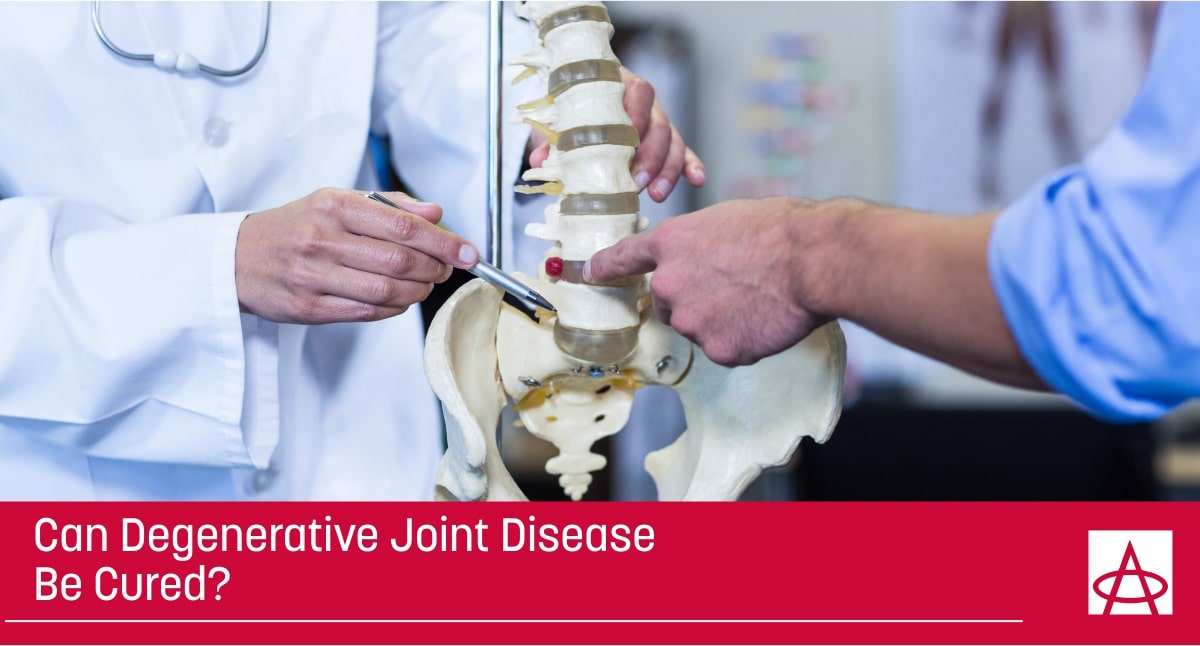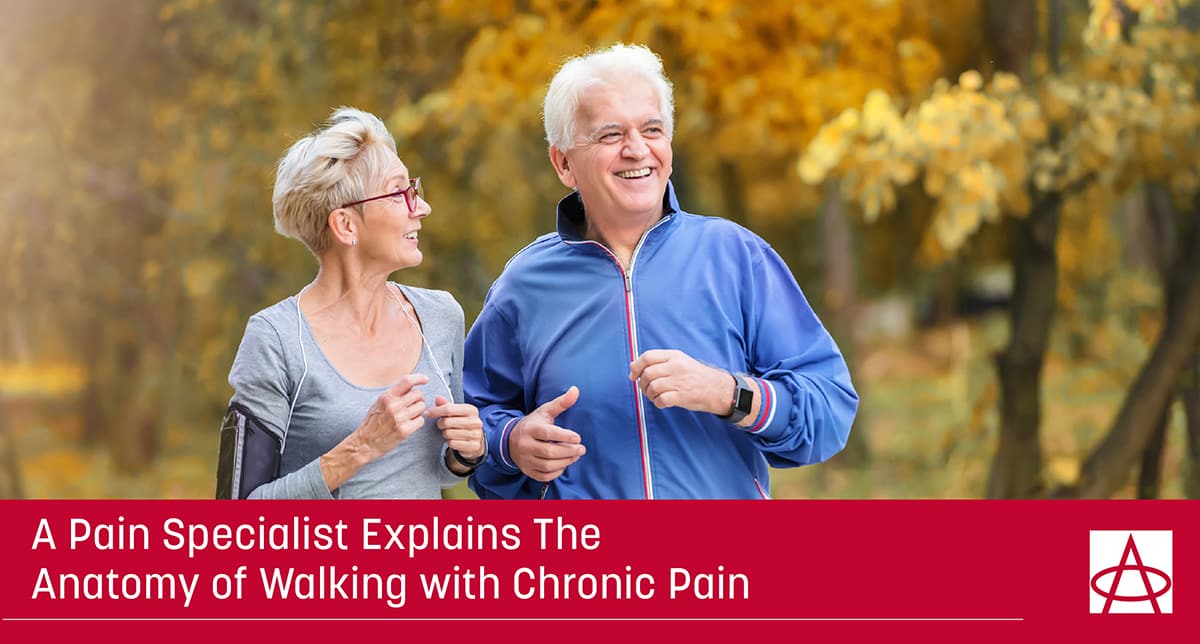Dealing With Endometriosis Pain Is Challenging–But There’s Hope!
By Advanced Pain Care Endometriosis is a disease where tissue that usually grows in the uterus during the menstrual cycle is found outside the uterus. It can cause extreme pain and compound with existing menstrual cramp pain. It’s also a common painful condition, affecting as many as 1 in 10 women during their chilbearing years. Most of the abnormal tissue growth occurs in the abdomen, but it could be anywhere in the body. It grows in time with the menstrual cycle and the abnormal tissue growth can cause inflammation and pain wherever it is located. This can cause mild to severe pain
Can Degenerative Joint Disease Be Cured?
Degenerative joint disease affects millions of people worldwide, primarily in the form of arthritis. In the United States alone, approximately 32.5 million people suffer from osteoarthritis, which is one of the most common forms of the 100 different types of arthritis. While the highest incidence is among people aged 55-64, with women being the most affected, those above the ages of 45 are also susceptible to this joint degeneration[1]. Degenerative diseases of the joints develop with inflammation in the joints or when the cartilage within the joints in the human body (usually the spine, hands, hips, and knees) begins to wear
Patient Spotlight: Two Very Different Total Joint Replacement Surgeries
By Vernon Rerich When I learned I had to get both knees replaced, it was a daunting thought. How could I take enough time off of work to get both surgeries and fully recover? As someone who works a physically-demanding job, it seemed even more far-fetched. However, these were the circumstances I found myself in last year when my job gave me six months off to get my procedures done. It was already going to be a tight squeeze, but when the ice storm hit Texas, I lost two weeks. I was worried that I wasn’t going to be able to get
A Pain Specialist Explains The Anatomy of Walking with Chronic Pain
By Austin Horrocks, D.O. Chronic pain can make any of us into a bit of a hermit. It’s hard to do the things we love to do when they’re physically challenging or even painful. It can be easier to withdraw from certain activities and social obligations. This is where walking comes in! It may seem small in comparison to the magnitude of things you want to do. However, it’s a great place to start. Walking has numerous physiological and psychological benefits for people struggling with chronic pain. It can also be just the thing to help you ramp up your physical exercise and
Patient Spotlight: A Multidisciplinary Pain Management Patient Experience at APC
By Hope Piper I made the switch from my previous clinic to Advanced Pain Care about ten years ago and it’s been one of the best decisions I ever made. Back in 1998, I was in a serious car accident and my back has never been the same. I was in a lot of pain when I first visited Advanced Pain care, who suggested pain management. At my previous clinic, the treatment plan revolved around medications. There weren’t many other options offered to me and I got the sense that they weren’t truly interested in getting to the bottom of why I
The Importance of Ritual in Chronic Pain
Written by Kira Gavalakis Interviewee: Robin M. Hendershot, LPC At APC, we say, “the pain stops here.” But many might not know that means even beyond the walls of the clinic. It’s clear to me that APC shows such an involvement and dedication in giving their patients the agency to manage their pain both inside and outside of the clinic walls. Below, I speak with Robin Hendershot, LPC, about how she helps manage patients’ pain beyond the office, and the importance of creating rituals when dealing with chronic pain. Firstly, are there natural ways to help alleviate pain when we’re at home? There are a lot
Meet Our Newest Doctor: Dr. Hellman, Chronic Pain Specialist
By Dr. Matthew Hellman My name is Dr. Matthew Hellman, and I am so excited to be one of APC’s newest practitioners. I specialize in interventional pain medicine, where I use a multimodal approach to help patients manage their chronic pain. Whether this is through surgical interventions or implants, opioid or non-opioid medicine, or working with physical therapists and chiropractors, I am committed to attacking my patients’ pain from all sides, to find what works for them. Although I’ve only been with Advanced Pain Care for about six weeks, I can already say that it’s one of my favorite clinic experiences I’ve
How Chronic Pain And Mood Are More Connected Than You Think
By Advanced Pain Care Chronic pain can be a really frustrating condition to live with, and we want to do everything in our power to help you get some relief. We know it comes in all shapes and sizes, but one thing is almost always certain; that your chronic pain and your mood work hand-in-hand. One of the reasons I love working here at APC is because we’re a multidisciplinary pain clinic, meaning we have multiple specialties all under one roof. This means that instead of a patient coming to us, but then us having to re-route them to another clinic, most
How Movement Helps With Chronic Pain Management
By Jeffrey Higginbotham, M.D. Years ago, a study was done where scientists stripped all of the muscles off of a cadaver spine to test how much weight the human spine could really handle just with the ligaments and joints alone. How much weight did it take to break the spine? Just 10 pounds. That means that without the muscles, the spine can barely support our bodies. Knowing the importance of the muscular system shows us a bigger picture: that maintaining our muscles is one of the most important parts of ensuring that our bodies are given everything they need to give us
All About Fibromyalgia Pain
By Samuel B. Pegram, M.D. Sometimes, pain isn’t because of an injury. It’s because of your brain. Fibromyalgia pain is an interesting concept, because it’s actually a neurological issue. Years ago when doctors started learning about fibromyalgia, we weren’t aware that it was a neurological problem. Because people had pain in areas that weren’t their joints, doctors thought it was a muscular problem. And in fact, many years ago, we would actually go about biopsying some areas of tenderness, looking for inflammatory cells that weren’t actually there. Fibromyalgia was called fibritis for a while, because doctors thought it was inflammatory. But eventually, we came











